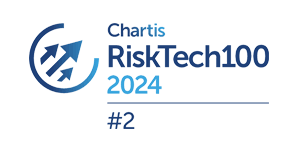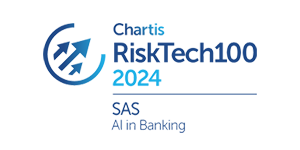SAS Allowance for Credit Loss
Take your IFRS 9 and CECL process to a new level with a fully governed, automated workflow that includes highly efficient and precise computations.
Key features
Effectively address the requirements of CECL and IFRS 9 accounting standards and overcome business challenges related to the calculation of expected credit loss. A role-based, workflow-driven process enables users to contribute to the results while generating auditable artifacts along the way.
Model execution
Supports a wide range of models and engines.
Manual adjustments.
Includes rule-based and many other post-model adjustment techniques.
Attribution analysis & simulations
Lets you use configurable attributes to explain provisions changes and run what-if analyses.
Workflow and governance
Provides an orchestrated process with fully transparent and repeatable calculations.
Greater efficiency
Provides an optimized and governed way to store data and conduct high-performance and transaction-level analysis.
RiskTech100® Awards
Chartis Names SAS a Winner in Seven Categories


Continuing its march up the world’s foremost ranking of the Top 100 risk management and compliance technology providers, SAS bested seven technology award categories, including AI for Banking, Balance Sheet Risk Management, Behavioral Modeling, Enterprise Stress Testing, IFRS 9, Model Risk Management, and Risk & Finance Integration.
Related products & solutions
- SAS® Solution for IFRS 9Accelerate time to benefit and quickly meet IFRS 9 standards.
- SAS® Solution for Stress TestingMeet the challenges of supervisory stress testing and strategic scenario planning with SAS Solution for Stress Testing.
- SAS® Model Risk ManagementSignificantly reduce your model risk, improve your decision making and financial performance, and meet regulatory demands with comprehensive model risk management.
- SAS® Solution for CECLQuickly meet new US Financial Accounting Standards Board current expected credit loss (CECL) standards with best practices for modeling, workflow and reporting.



